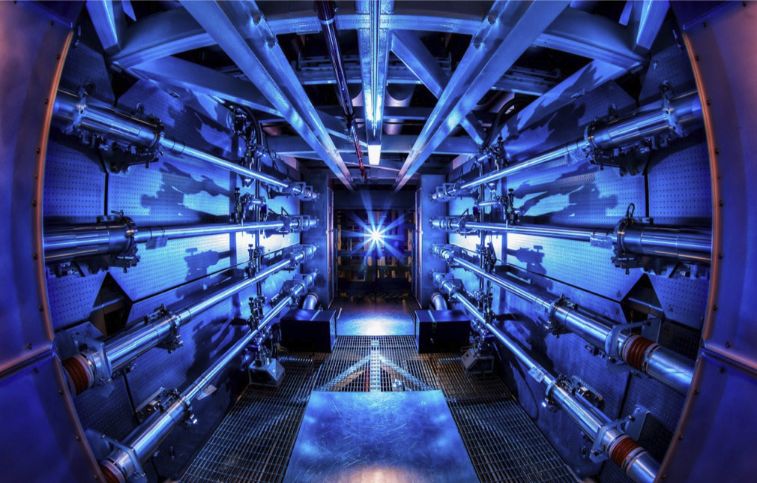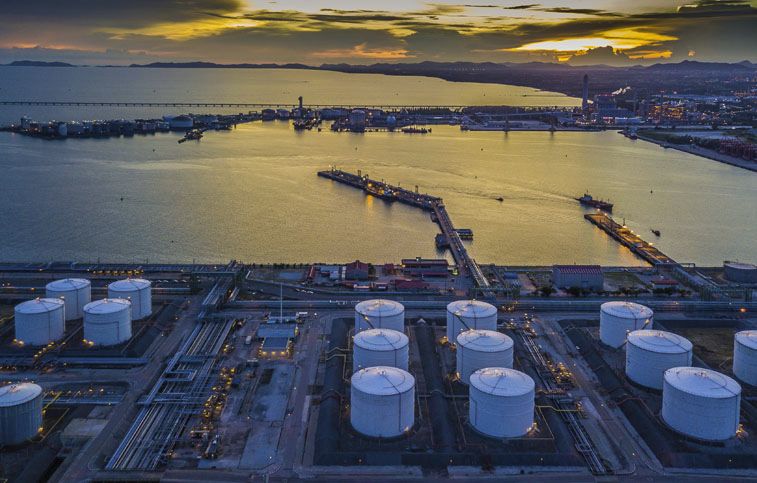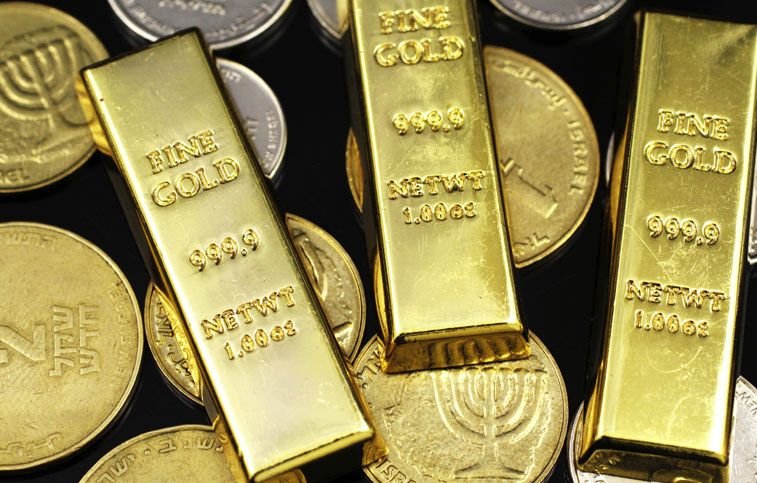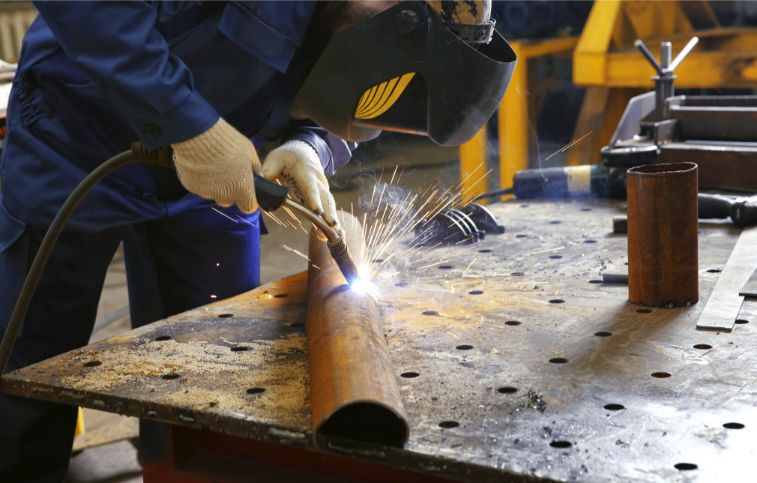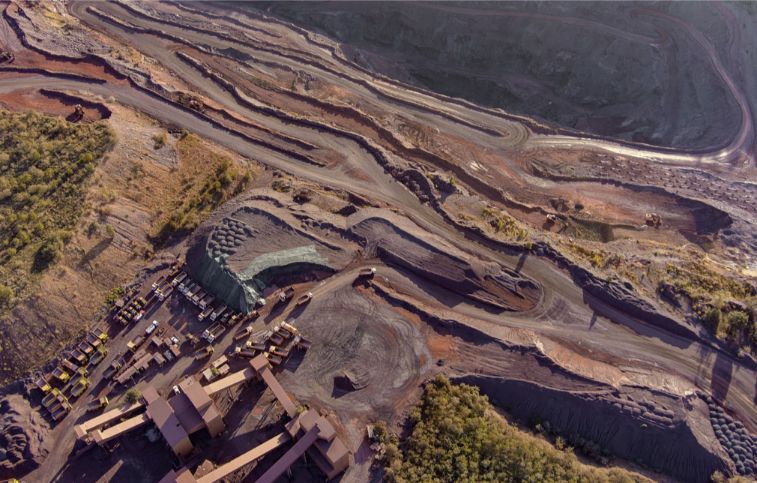SLAM Exploration Ltd. (TSX.V: SXL) is pleased to announce the discovery of a 39.3-g/t gold-bearing quartz boulder on its Jake Lee gold property, 30 kilometers west of Saint John, New Brunswick. The gold-bearing boulder is 250 m south of a road rubble pile grading 1.49 g/t gold. The road rubble sample is a sedimentary rock with quartz veining near an outcrop of similar sedimentary rock. Gold grades of 39.3 and 1.49 g/t were measured on boulders 1,600 meters northwest of the Cranford-Taylor vein. An anomalous amount of gold was detected in 13 grab samples collected from boulders associated with the vein, ranging from 0.004 g/t to 0.125 g/t gold. SLAM’s advance scout team collected these samples on a recent prospecting expedition. Because of these new gold findings, the Company plans to conduct a follow-up expedition.
Elevated gold levels of up to 16,200 parts per billion gold have been detected in a geochemical soil survey on Roger Lake property recently purchased by the Company. Targets include a sample with 16,200 parts per billion gold and 121 sample sites ranging from 10 to 173 parts per billion gold detected in a geochemical soil survey of 1904 samples collected in 2021. Another target is the Lepreau River gold placer occurrence, a historic site.
SLAM’s Jake Lee gold project is spread over a 20 km stretch of volcano-sedimentary rocks along the Wheaton Brook and St George fault zones, covering 9,508 hectares of mineral claims. There are six mineral claims, of which SLAM wholly owns five. Roger Lake, subject to cash and share payments over four years in addition to a two percent NSR royalty retained by the option, is the only other claim. On completion of the deal, the Company can purchase half of the royalty for $1 million and $2 million for the other half at any time in the future.
During an exploration mission in October, SLAM collected grab samples from float (boulders and road rubble). AGAT Laboratories of Mississauga, Ontario, analyzed 38 samples for gold using Fire Assay with an AAS finish. One sample above the 10 g/t detection limit was re-assayed using a gravimetric method.



